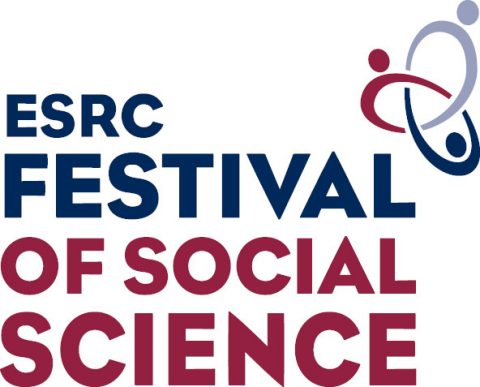The chapter considers how effectively and harmoniously intellectual property (IP) regimes, in particular copyright and patent, respond to emerging technologies and innovation, such as 3D printing and 3D scanning. The chapter will commence with a brief introduction to 3D printing before moving on to a detailed analysis of UK and Australian jurisprudence as it relates to 3D printing and 3D scanning.
This paper presented in two parts, outlines the development of the extended collective licensing regulations in the UK in Part One. In doing so, the paper draws a line through the failed attempt of the Gowers Review 2006 to the success of the Hargreaves Review 2011 and ultimately to the successful implementation of an extended collective licensing scheme in 2014.
This article explores steps, which have been put in place by various organisations and online resources to assist in the understanding of copyright for the public and schools, with particular focus on education and teaching materials – as presented on Copyrightuser.org.
This Report is the outcome of a knowledge exchange scheme which brings together academics (from the disciplines of law, media & communication studies, management and economics), policy makers from the Intellectual Property Office (an executive agency of the Department for Business, Innovation and Skills) and media businesses (in particular transmedia SMEs) to generate and disseminate new knowledge about the use of public domain works.
Study I – which is the first of a two-part Study, considers the implications for intellectual property law, particularly copyright law, as a result of online sharing platforms dedicated to 3D printing. As such, this Study applies a legal and empirical analysis, to provide a clearer understanding of ‘how’ the sharing happens to provide an understanding of the ‘parameters’ for sharing, e.g. terms and conditions, rules, regulations that apply, together with restrictions and bounds that apply to user behaviour and file-sharing.
The Executive Summary reports the purpose, scope, methodology and key findings from two complementary studies on the intellectual property implications of 3D printing. The two Studies provide for an overarching empirical and legal analysis into the current position of 3D printing.
Dr. Dinusha Mendis, Co-Director of the Centre for Intellectual Property Policy and Management (CPPM) and Associate Professor in Law has been successful in securing RCUK/AHRC funding to further the research into the intellectual property (IP) implications of 3D printing. The newly funded project follows on from the Commissioned Project for the UK Intellectual Property Office (UK IPO)…
The shift in manufacturing capability has raised questions relating to intellectual property law. 3D printing now paves the way for modified, replicated and changed parts which could then be shared, used and sold. This clearly has implications for intellectual property owners.
7th November 2014, Executive Business Centre, Bournemouth University There has been much written on the latest developments relating to additive manufacturing or 3D printing as it is more commonly known. The recent rise of low-cost consumer 3D printers have also made the headlines and raised interesting and complex questions. However, there is limited literature and debate…



